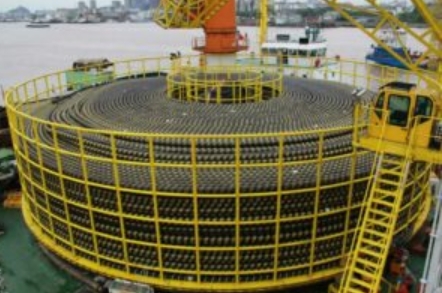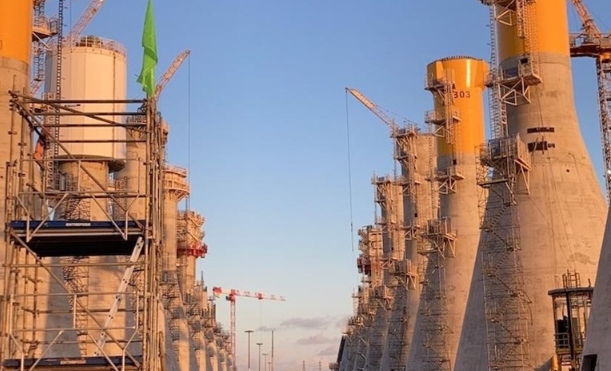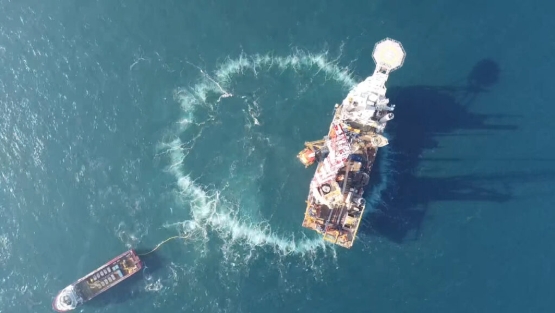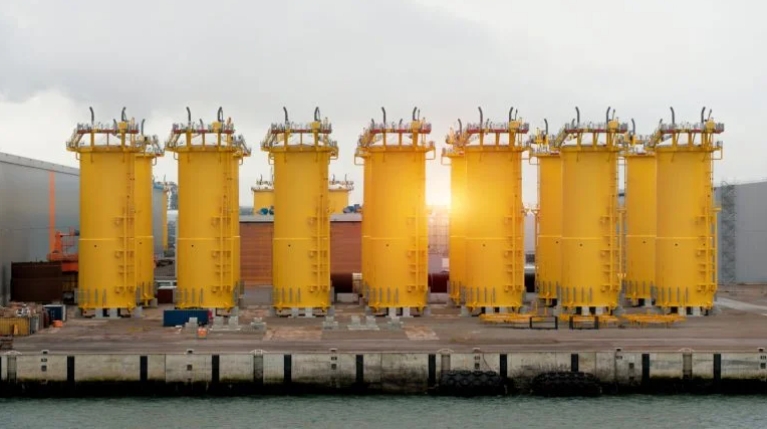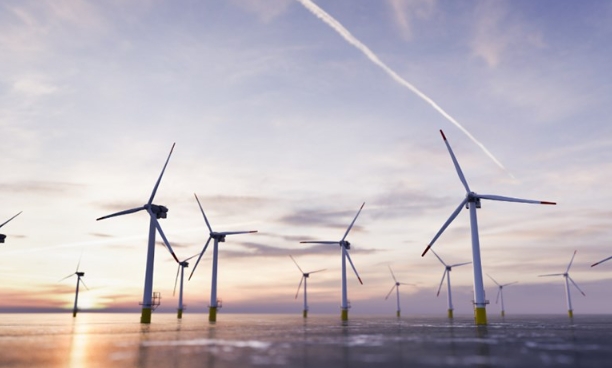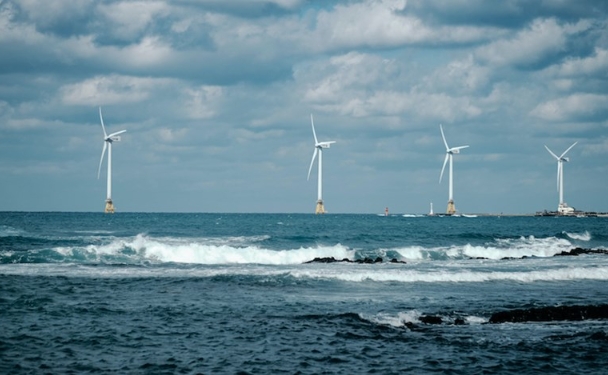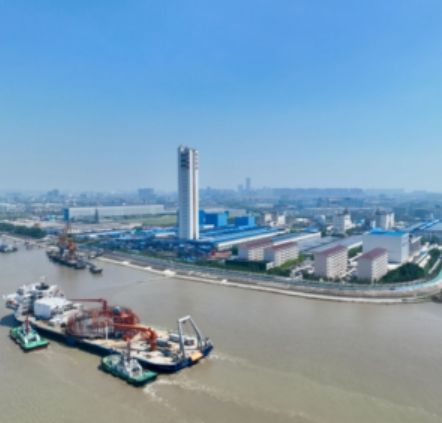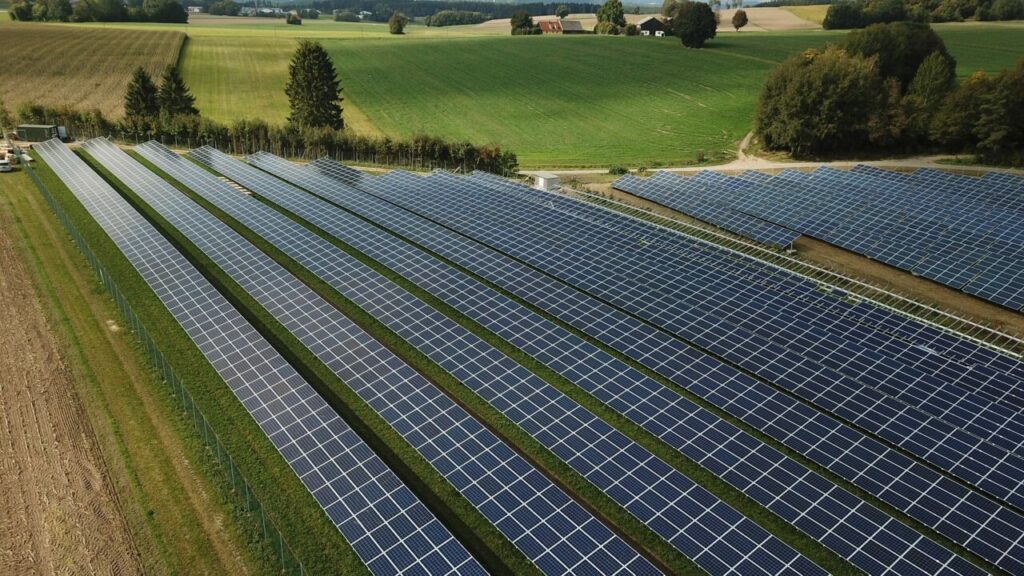 Global renewable growth has led the IEA to conclude that a pathway to limiting global warming to 1.5 °C “is very difficult – but remains open.” Image: Samuel Faber (Pixabay).
Global renewable growth has led the IEA to conclude that a pathway to limiting global warming to 1.5 °C “is very difficult – but remains open.” Image: Samuel Faber (Pixabay).The International Energy Agency‘s (IEA) recent World Energy Outlook (WEO) report identified the potential for strong solar photovoltaic (PV) growth this year which will help bend the “emissions curve onto a path consistent with 1.5 °C.”
Renewables are set to contribute 80% of new power capacity to 2030 in the stated policies scenario (STEPS), with solar PV alone accounting for more than half of this, according to the International Energy Agency (IEA).
The STEPS provides a more conservative benchmark, representing a path based on the energy and climate measures governments have put in place to date, as well as policies that are under development.
The report warned however, that under today’s policy settings, emissions would remain high enough to increase global average temperatures to around 2.4 °C, but the global growth outlook for renewables, the IEA continued, has led the organisation to conclude, in its updated Net Zero Roadmap, that a pathway to limiting global warming to 1.5 °C “is very difficult – but remains open”.
This year alone, the EIA expects renewables generation capacity additions to be over 500GW globally.
Measures such as expanding and strengthening the grids and more storage capacity would allow for greater integration of solar PV capacity in the electricity systems.
Manufacturing capacity to reach 1.2TW in 2030
The IEA expects solar manufacturing capacity to exceed 1.2TW of module nameplate capacity per year by the end of the decade, however in the STEPS only 500GW of solar capacity will be deployed globally in 2030, less than half of the 1.2TW module nameplate capacity available for deployment.
Most of the manufacturing capacity would remain highly concentrated, with China’s expansion plans far outstripping other countries. The country is already the largest producer by far with 80% of the world’s manufacturing capacity.
Using 70% of the 1.2TW of solar module nameplate capacity per year expected by the end of the decade would bring deployment of solar PV to the levels projected in the Net Zero Emissions (NZE) scenario – which limits global warming to 1.5°C – further decelerating the use of fossil fuels.
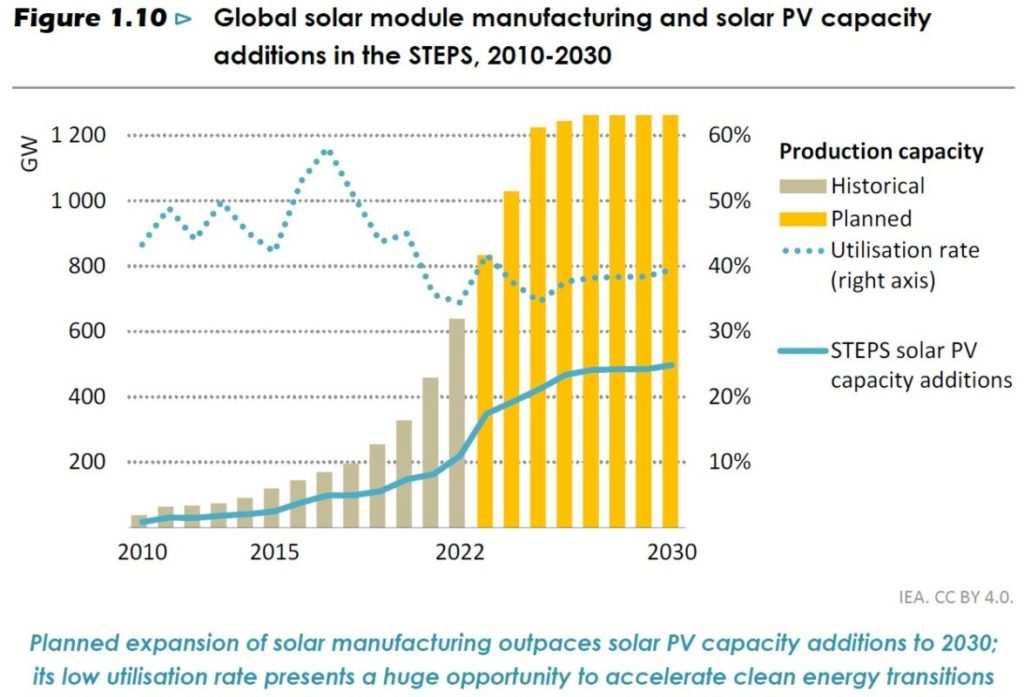
Chart: IEA.
According to the STEPS projections, adding 800GW of new solar PV capacity per year by 2030 would reduce China’s use of coal-fired generation by 20% by 2030, while more than 70GW of additional solar PV would be deployed on average each year to 2030 across Latin America, Africa, Southeast Asia and the Middle East.
“Solar PV alone cannot get the world on track to meet its climate goals, but – more than any other clean technology – it can light up the way,” according to the report.
However, emerging and developing economies must join China in increasing the pace of new renewable projects, with investments in energy transitions to rise fivefold by 2030 to meet the NZE scenario.
The growing momentum of renewables coupled with structural economic shifts has taken a blow at fossil fuels, as the IEA noted that peaks in global demand for coal, oil and natural gas are all visible this decade – the first time this has occurred in a WEO scenario based on current policy settings. Under this scenario, the IEA continued, the fossil fuel share of global energy supply – hitherto stuck at 80% – would at least decline to 73% by 2030.
Cementing a pathway to a 1.5 °C limit
To ensure we remain on a pathway towards limiting global warming to 1.5 °C, the WEO proposed a global strategy consisting of five key pillars:
Triple global renewable capacity
Double the rate of energy efficiency improvements
Cut methane emissions from fossil fuel operations by 75%
Large-scale financing mechanisms to triple clean energy investments in emerging economies
Develop measures to ensure an orderly decline in the use of fossil fuels, including an end to new approvals of unabated coal-fired power plants
“The transition to clean energy is happening worldwide and it’s unstoppable. It’s not a question of ‘if’, it’s just a matter of ‘how soon’ – and the sooner the better for all of us,” said IEA executive director Fatih Birol.
“Every country needs to find its own pathway, but international cooperation is crucial for accelerating clean energy transitions. In particular, the speed at which emissions decline will hinge in large part on our ability to finance sustainable solutions to meet rising energy demand from the world’s fast growing economies. This all points to the vital importance of redoubling collaboration and cooperation, not retreating from them.”
